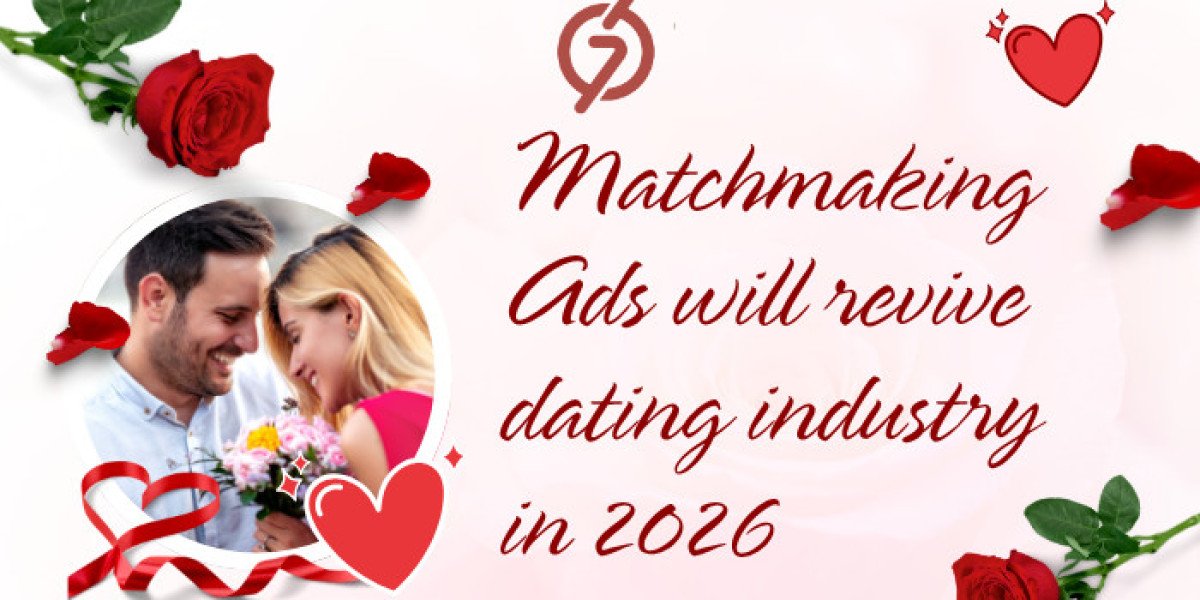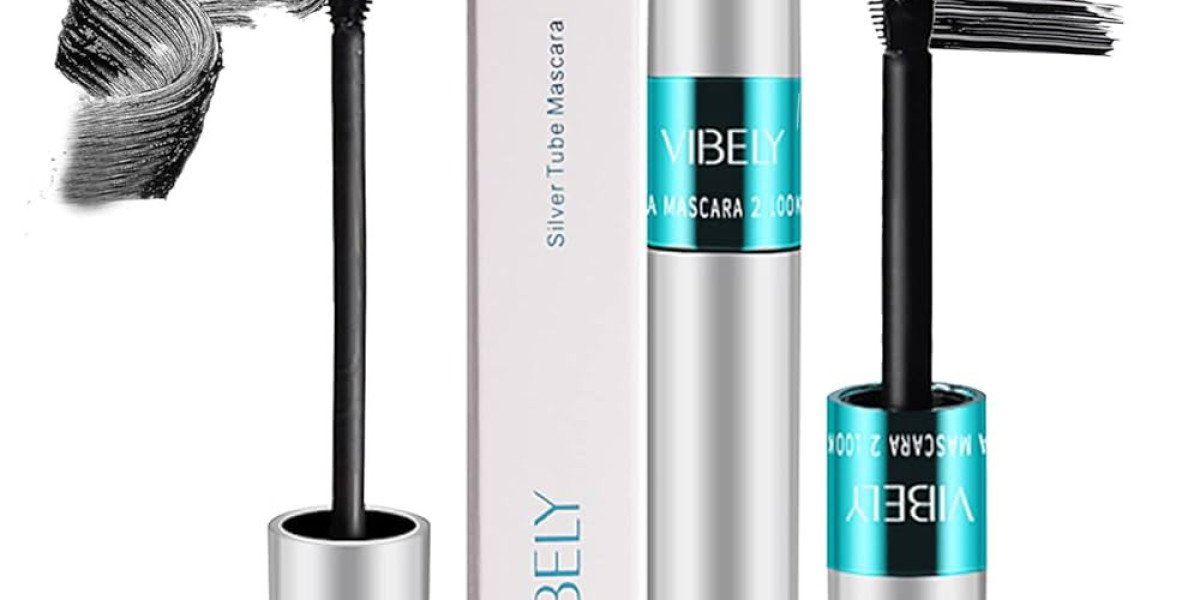If you’ve been following trends in the dating vertical, you’ve probably noticed how quiet things have become compared to the hype-filled years of 2020–2022. But here’s something that’s catching advertisers’ attention again—Matchmaking ads are coming back, and they’re doing it in a smarter, more emotionally driven way.
A recent industry report revealed that global spending on online matchmaking promotion is expected to rise by more than 40% by the end of 2026. That’s not just a recovery—it’s a reinvention. Advertisers are realizing that what once felt like a niche segment is now becoming one of the most emotionally engaging categories for digital ads.
So, are Matchmaking ads really about to breathe new life into the dating industry? Let’s dig into what’s happening and why advertisers are paying attention again.
The Reawakening of Matchmaking Advertising
The dating industry has seen cycles—booms when new apps hit the market, and slumps when audiences get fatigued by endless swipes and shallow matches. But something has shifted in recent years. Audiences today want meaningful connections, not just casual conversations.
This is where online matchmaking ads step in. They don’t just sell a product—they sell the possibility of belonging, emotional fulfillment, and real relationships. That emotional depth is exactly what’s turning advertisers’ heads.
And that’s why many marketing teams are asking: how can we tap into this emotional demand without sounding cliché?
Well, it starts with smarter storytelling and ad placement strategies. You can see examples of this in guides like Create emotional hooks in matchmaking ads, where emotion is treated as a conversion tool, not just a buzzword.
The Trust Deficit
The challenge advertisers face in this vertical isn’t visibility—it’s trust.
People are wary of online dating platforms, especially after years of exaggerated claims, fake profiles, and mismatched expectations. Even if you have the perfect audience targeting setup, if the tone of your matchmaking advertising feels transactional or pushy, it won’t convert.
Advertisers need to walk a fine line: appeal to emotion while maintaining authenticity. It’s no longer about selling the “dating dream”—it’s about showing real experiences and relatable outcomes.
That’s where the opportunity lies. Campaigns that highlight shared values, stories of real users, and genuine matchmaking success are the ones that get traction.
Emotional Targeting is the New Performance Metric
In 2026, performance marketing will no longer be just about clicks and conversions—it’ll be about emotional connection.
Think of it this way: in most industries, ad metrics focus on rational triggers—price, product features, limited-time offers. But matchmaking ads tap into something far deeper. Every impression carries emotional potential. If an ad can make someone feel “seen,” they’ll engage.
Advertisers who lean into this shift are already seeing better engagement rates. When emotion becomes part of the ad strategy—through visuals, storytelling, and intent-based targeting—audiences respond differently.
That’s what sets apart a basic campaign from a truly effective one.
Smarter Ad Networks, Smarter Connections
Here’s where things get interesting. The revival of matchmaking promotions isn’t just about creative storytelling—it’s also about how and where those stories are placed.
Ad networks that specialize in the dating vertical, for matchmaking ads, are helping advertisers target audiences more precisely. Instead of generic broad targeting, advertisers can now segment users based on relationship goals, location, or even emotional intent.
That means your ad for “long-term connections” won’t show up for someone browsing casual dating content. It’s about smart, context-based visibility—where relevance and emotion intersect.
When ad placements align with what users actually want, both click-through rates and conversion quality improve dramatically. It’s not magic—it’s marketing maturity.
Why Emotional Storytelling Works Better in 2026
Let’s be honest. We’re all tired of generic dating ads that say, “Find your perfect match today.” The audience has evolved, and advertisers need to evolve too.
The strongest online matchmaking ads in 2026 will focus on stories that feel real. For example, imagine a campaign that shows two people connecting over shared values rather than just matching profiles. That’s what audiences remember.
Emotional storytelling gives brands a personality. It allows advertisers to humanize what used to feel mechanical—algorithms and filters—and replace it with genuine emotion.
It’s this emotional layer that’s reviving the dating ad space, one campaign at a time.
What’s Driving the Revival
Several key trends are fueling this comeback for matchmaking advertising:
- Increased demand for authentic content – Audiences crave stories that mirror real-life emotions.
- AI-driven personalization – Smart algorithms make matchmaking ads more relevant to each viewer.
- Privacy-first advertising – With privacy laws tightening, trust-based messaging performs better.
- Hybrid dating experiences – Offline events tied to online promotions make ads feel tangible.
Advertisers who adapt to these changes are setting themselves apart from those still running old-school banner ads.
The Shift from Transactional to Transformational Messaging
Most dating ads used to sell convenience: “Meet singles fast.” But the future of matchmaking advertising focuses on transformation—helping people find meaningful connections.
This shift changes how advertisers measure success. Instead of just CTR and CPC, metrics like engagement time, save rates, and content shares matter more.
Ads that feel more like emotional experiences than sales pitches create deeper audience trust. That’s the kind of resonance that fuels long-term brand loyalty in this vertical.
Mini Case Reflection (Without Case Study)
Imagine two advertisers: one focuses purely on traffic numbers, while the other invests in ad creatives that tell heartfelt stories about real relationships.
Guess which one gets better retention and brand recall?
In today’s landscape, storytelling wins every time. The first brand gets clicks, but the second gets conversations—and that’s where value lies for advertisers in 2026.
How Advertisers Can Prepare for 2026
If you’re in the dating or relationship niche, here are a few actionable insights to prepare for the industry’s next phase:
- Invest in emotional data – Use tools that analyze audience sentiment and adapt creatives accordingly.
- Collaborate with niche ad networks – Platforms offer more relevant reach for dating verticals.
- Reframe success metrics – Focus on emotional engagement rather than vanity clicks.
- Blend storytelling with intent-driven targeting – Don’t just talk at users; speak to their needs and desires.
These aren’t high-cost changes—they’re mindset shifts that help brands stay relevant in an evolving digital world.
A New Era for Dating Advertisers
2026 isn’t just another year in the calendar—it’s the start of a new era for advertisers in the dating space.
With online matchmaking promotion becoming more data-driven and emotionally intelligent, the gap between genuine connection and digital promotion is closing fast.
Brands that lead with empathy, creativity, and smart targeting will shape how people find love online. It’s not just about reviving the dating industry—it’s about redefining it.
Conclusion
At the end of the day, matchmaking ads aren’t just about profiles and algorithms—they’re about people.
Advertisers who remember that will thrive. When campaigns respect the emotional depth of their audience, the results speak for themselves.
If you’re ready to explore how to create a matchmaking ad campaign that truly connects, consider starting here.
Because in 2026, connection isn’t just what audiences want—it’s what advertisers need to master.









